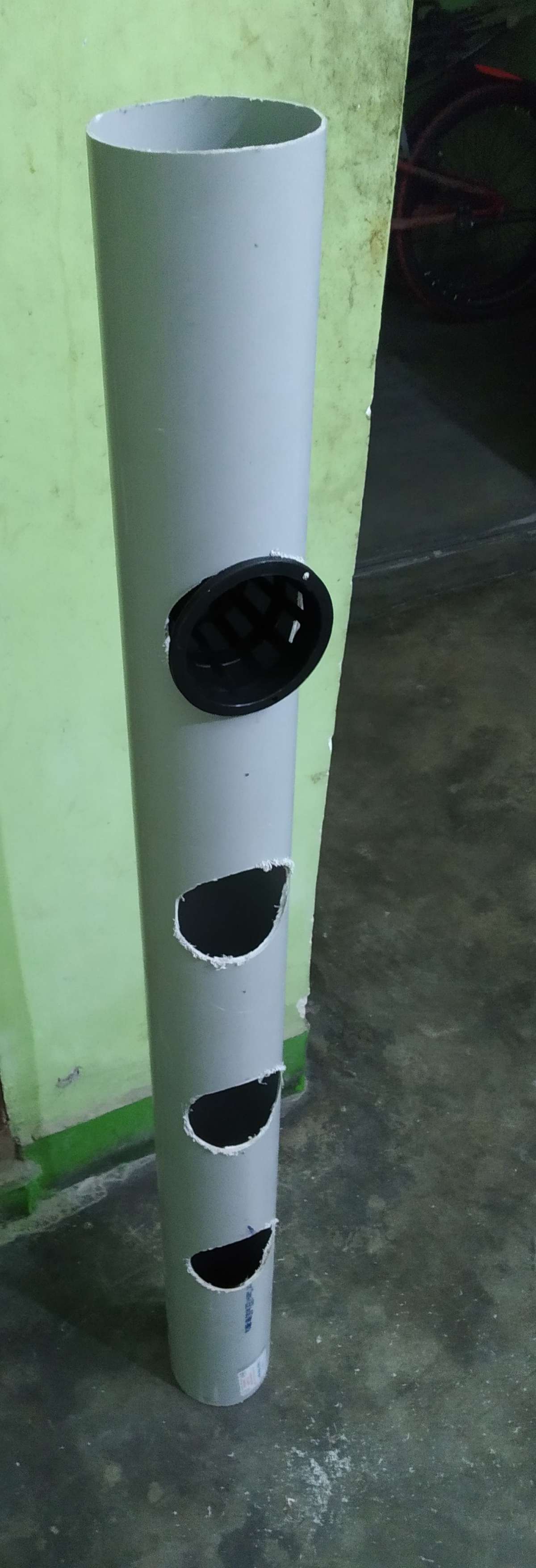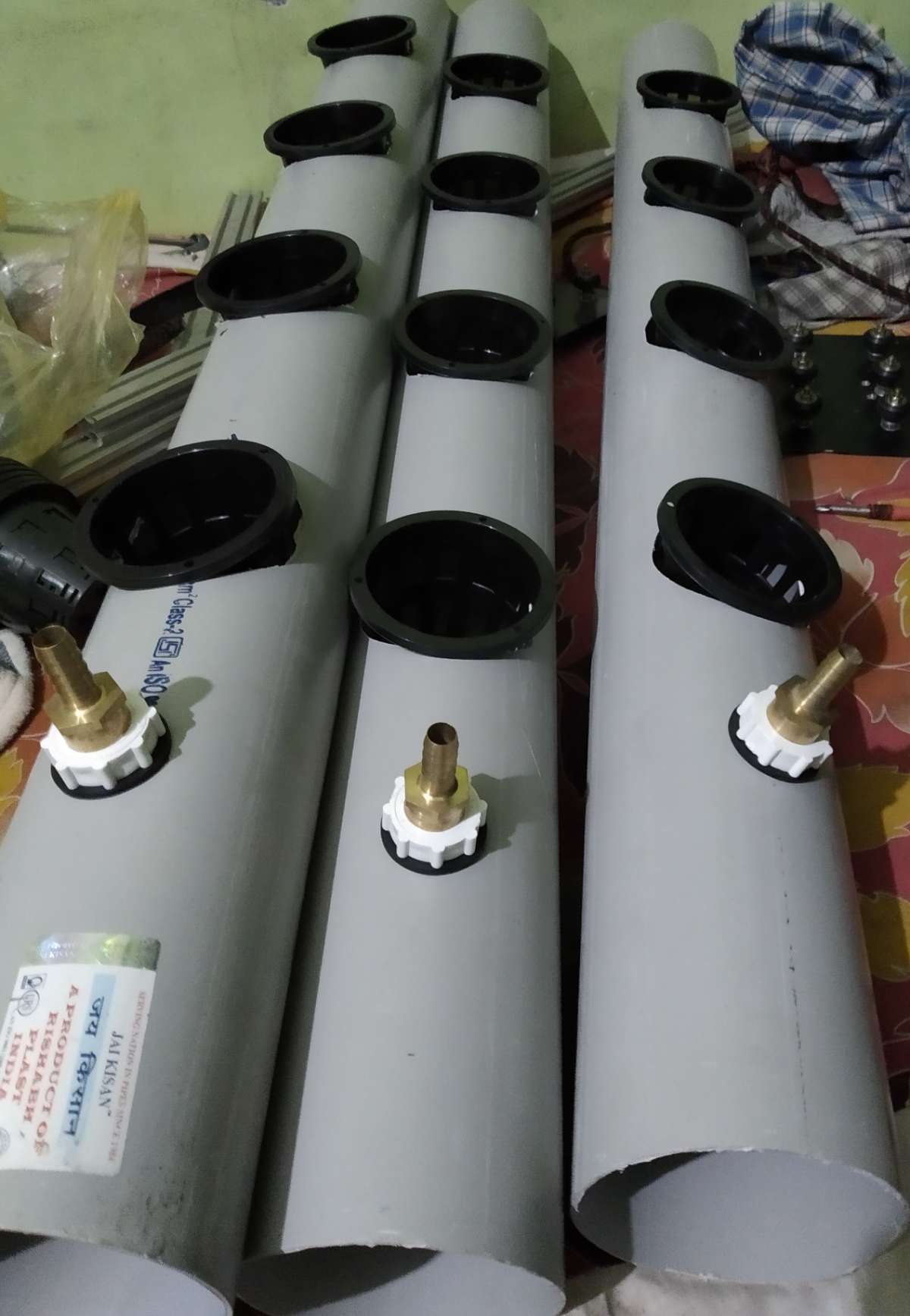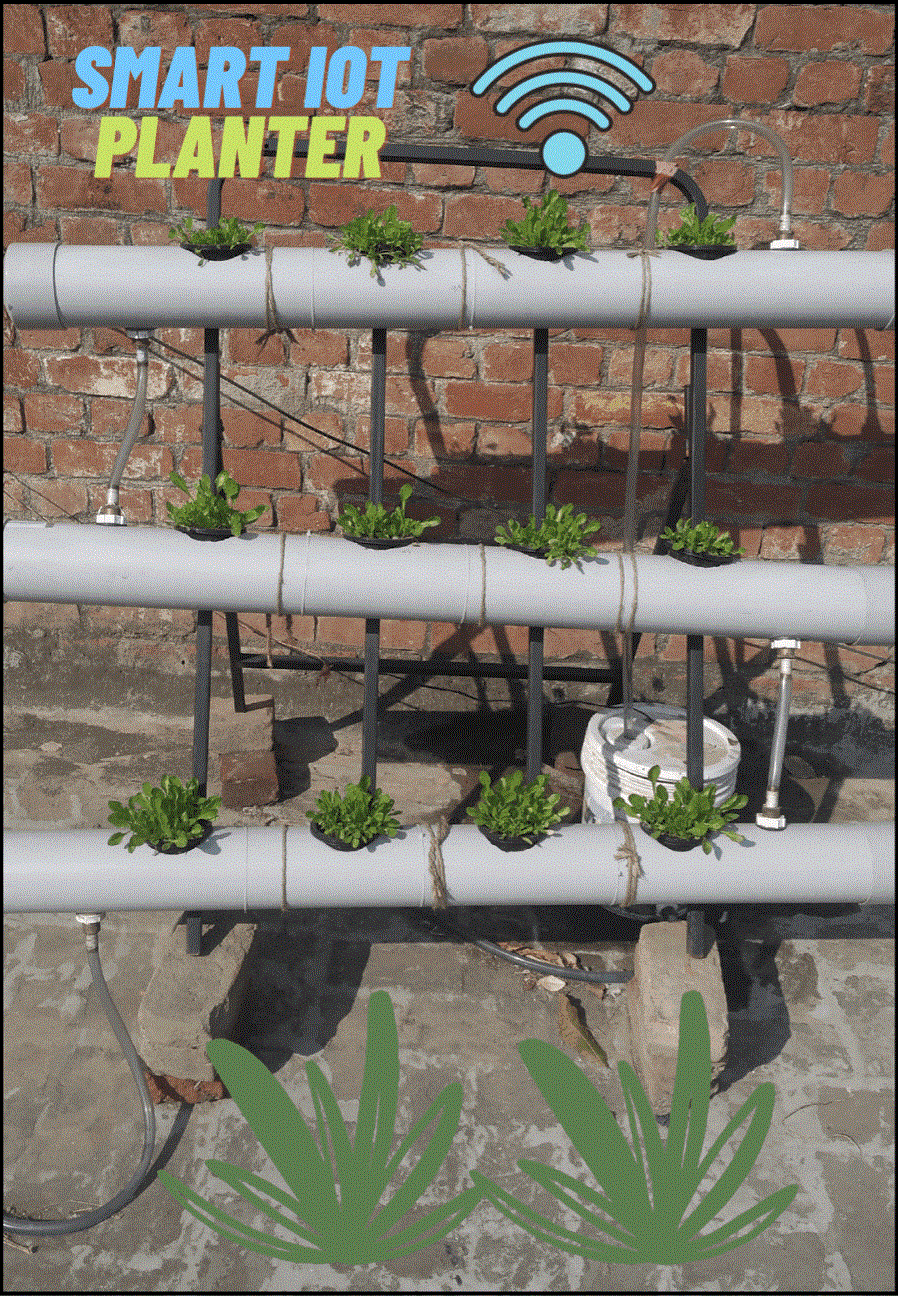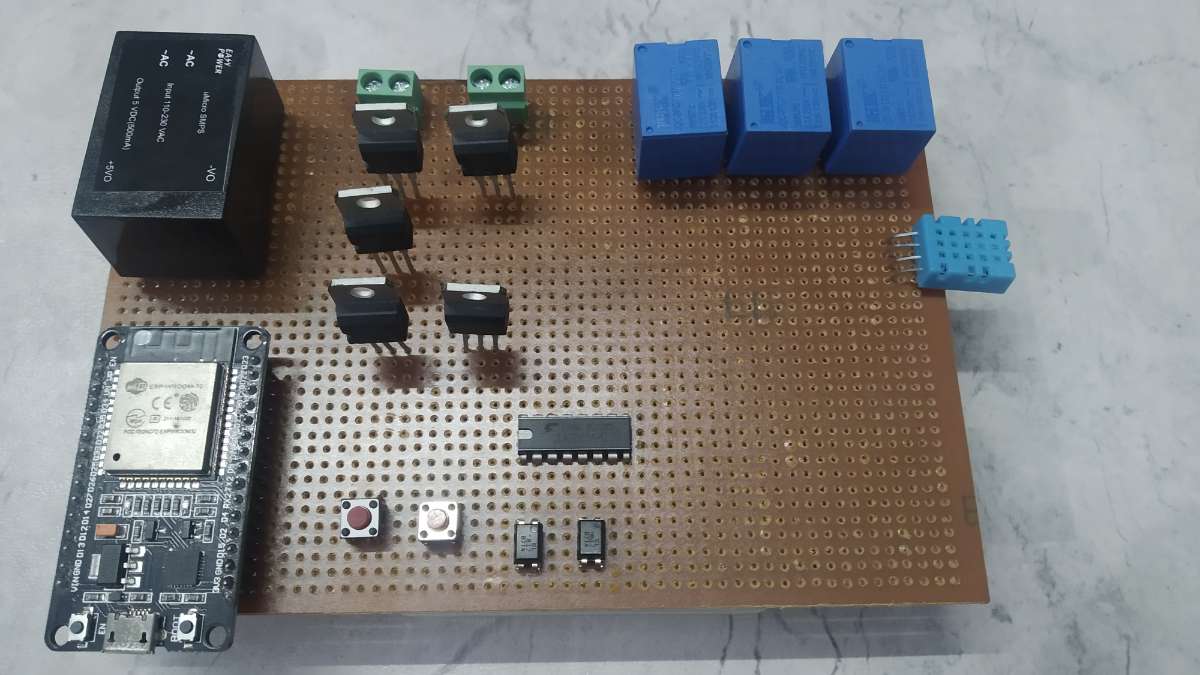Introduction:
Covid-19 makes a strong case for urban farming. During the Covid lockdown, the food supply chain was disrupted because of restrictions on logistics. So, to minimize the risk of infection, we are working on a solution to grow fruit and vegetables in concrete jungles. This method of growing food is known as “urban agriculture”. With the help of emerging technologies such as the Internet of Things (IoT), we can make farming practices more systematic and well planned by reducing human intrusion through automation. This study aims to analyze and select the best method for urban agriculture with IoT and provide an overview of sensor data collection, automation, and the benefits of such technologies on healthcare. This chapter highlights the benefits of urban agriculture in healthcare by controlling the growing environment. The high-tech methods used in urban farming ensure good yield and better health. With the use of IoT in our method, we can control and monitor the growth of plants and nutrient composition in soil. It also highlights the challenges expected to be faced while implementing these methods with traditional agricultural methods. And what would be the difference in the yield produced between both methods? The sensors are available for these applications, like crop growth status, irrigation, environment monitoring, and soil nutrient parameters. This technology helps urban citizens to grow food organically in their space. We have analyzed various practices and methods used for urban agriculture and implemented the best methods. With the integration of IoT in it, we can completely automate the farming process and can create small farms in our homes to get healthy and organic food. The health of the community should be the prime goal of our food production system. The heavy use of chemicals, fertilizers, and pesticides harms our health and deteriorates the environment. So, the idea of urban agriculture is to grow organic food that will lead to better health and a better environment at a lower cost. The use of IoT with farming practices will make this process more efficient.
Step 1 - GATHER ALL MATERIALS
All the required electronic components are mentioned in the prerequisites of the project, kindly go through it before the development of this project.
You will need-
Mechanical
- 3" PVC pipe length
- 3" endcap for number of layers
- Brass connectors
- Flexible pipe
- Metal Frame
- Clips
- Hydroponic planter pots
Step 2 - Preparing the Structure
Structure was designed using 3" PVC pipe and hole is drilled in them with hole saw according to the size of net pots.


Then the structure is assembled over a metal frame for sturdiness and a tub with water is installed to make the water flow from the PVC pipes.
.jpg)

Step3- IOT
IoT is a machine-to-machine network embedded in devices like microcontrollers or microprocessors that processes data from sensors or command actuators. These devices can be ordinary household appliances or industrial machines that communicate through wireless networks and work without any human interaction [11,13]. IoT devices are usually low-power, limited processing capacity, have small memory, are cheaper in cost, and have resource-constrained devices [15]. Communication for IoT devices is done by applying cloud-based publishing and subscribing methods. Publishing and subscribing methods interact by a message from the device to device, based on specified topics. Components that generate messages are known as publishers, while those that receive messages are known as subscribers. It means a broker acting as an intermediate in between makes communication between publisher and subscriber. They are not aware of the existence of each other. They only communicate by having a broker in between. A broker acts as a receiver and filters the message, then forwards it to subscribers concerning node-topic. Brokers are identified with their port number and IP address. A node can act as a publisher or a subscriber with the intermediate broker and interchange data from other nodes. The publisher sends a message with a node topic, which the broker then reviews to analyze the subscriber of that message according to the specified topic. There are various protocols of communication of IoT devices like Constrained Application Protocol (CoAP), Message Queuing Telemetry Transport (MQTT), Advanced Message Queuing Protocol (AMQP) and Lightweight M2M (LwM2M). Among these MQTT is the most used protocol for consumer IoT devices. MQTT is an IoT or M2M protocol that uses publishing and subscribing methods to communicate among different nodes, shown in (Figure 11.3)
There are many languages that support this task like node.js, Lua, Python, JSON and more. Still, JSON is widely used to exchange information [16]. The data is sent or received using the publish and subscribe methods. There can be various devices like cellphones or computers, which could act as an intermediate to send or receive data.
This is an example JSON format:
{“setup”:{“sensors”:{“ph”:7.24,“temp”:28.86,“hm”:96,“c”:10},
“actuator”:{“pM1”:120,“pM2”:200,“pM3”:96,” relay”:1}}

Step4- Working
With the growth in urbanization, fewer land spaces are available in metropolitan areas. Due to this, the availability of fresh and organic food becomes less, and these are also being sold in the market for a very high cost. To solve this issue, many urban agriculture practices are now being practised by people in urban areas. Most of these practices have been described in this chapter. Not all these practices are easy to be implemented by a novice, so we have focused on the pros of various methods and implemented a solution that would be feasible in the budget. We tried to automate most of the process, which would require lesser or no manpower. The experimental setup platform is made after studying the structure of indoor vertical farming, hydroponics like nutrient film technology, aeroponics, rooftop IoT-Based Urban Agriculture on Healthcare 197 197 gardening and greenhouse. The structure is built with four PVC tubes attached on a metal stand to make it vertical in position and with which we could grow more vegetation in less space. Each tube comprises several netted pots filled with cocopeat, perlite and clay pebbles. These were sown in the water overnight and then used. Netted pots used in the experimental setup were 3.5 inches in diameter and are 3 inches in height. Soil moisture sensors and water level sensors have been used to make an analysis. Soil moisture sensors are placed inside the pots. PVC tubes are connected with the nutrient pump, which is kept in a covered bucket, and all the pipes are connected to make water flow in it. The nutrient bucket is filled with water, a small amount of organic N, P, K solution available on the market and a small seaweed solution. We have focused on the growth of spinach, monitoring its full growth, and finding out the chemical composition required to grow spinach. The overall process of controlling and monitoring our planting setup is shown (Figure 11.4). According to this figure, with the availability of a network, the smart farming system acts as both subscriber and a publisher and connects to the MQTT broker. The user from his device can publish to the broker to get the sensors’ information or control the actuator (pump). The water valve and water pump will be turned on, and the user can also control the flow of water from his device when the user presses the ‘on’ button in the web browser. In our case, a soil moisture sensor detects the humidity of the soil, a DHT11 sensor is used to determine the temperature and humidity of the environment, a pH sensor is connected in the water flow bucket to maintain the pH in water, and all the nutrients are connected with a peristaltic pump to control the nutrient supplied in water.
.png)
I made a PCB on perforated board for controlling the complete setup, as shown below

For testing the Peristaltic pump and nutrient flow the test setup developed as in the picture.
.jpg)
Step4 - Programing
Code for the project is attached below.
Step5 - Conclusion
IoT-based urban agriculture focuses on efficient and smarter farming practices for producing healthy yields. In this chapter, we have observed various methods for growing FIGURE 11.6 Spinach grown in our setup and bought from the market. IoT-Based Urban Agriculture on Healthcare 201 201 crops in urban areas and have practiced our methods of growing crops by combining various methods. And the results showed that we could get a better yield of vegetables from our method in a much smaller area. We have also shown the healthcare benefits and also what parameters our experiment can control. For this purpose, we have used IoT. We have easily automated technology using various sensors and actuators and made it more efficient and beneficial for human healthcare. Plants grown using these methods are more fresh and good for healthcare as this method does not use any harmful chemicals and fertilizers. Furthermore, a deeper insight into various methodologies and their advantages and disadvantages has been provided. In addition, mostly used IoT methodologies have been explored, together with use cases concerning agriculture applications. A summary of methods to grow plants through urban agriculture methods has been listed to guide readers. Based on this, it can be concluded that even in very small areas far from big farms, plants can grow plants without the need for human interaction.